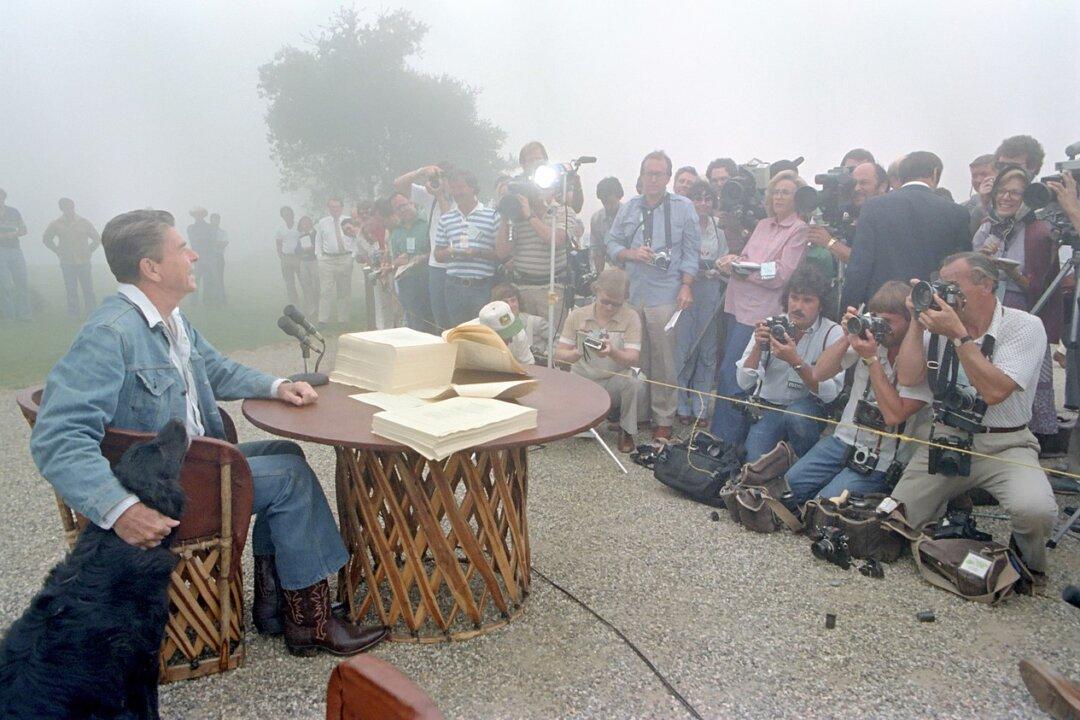I have long admired the writing and fastidious research of historian David Pietrusza, but “Roosevelt Sweeps Nation: FDR’s 1936 Landslide and the Triumph of the Liberal Ideal” is his magnum opus, at least to date.
Much more so than other Franklin D. Roosevelt (FDR) biographies, Pietrusza’s incredible inquiries and presentations of dialogue from the mid-1930s bring readers into America’s salons and streets, White House corridors and quarters, and Roosevelt’s homes in New York City and in the Hudson Valley to the north. One truly gets a sense of the epoch and also of the ebbs and flows of the 1936 presidential campaign.






